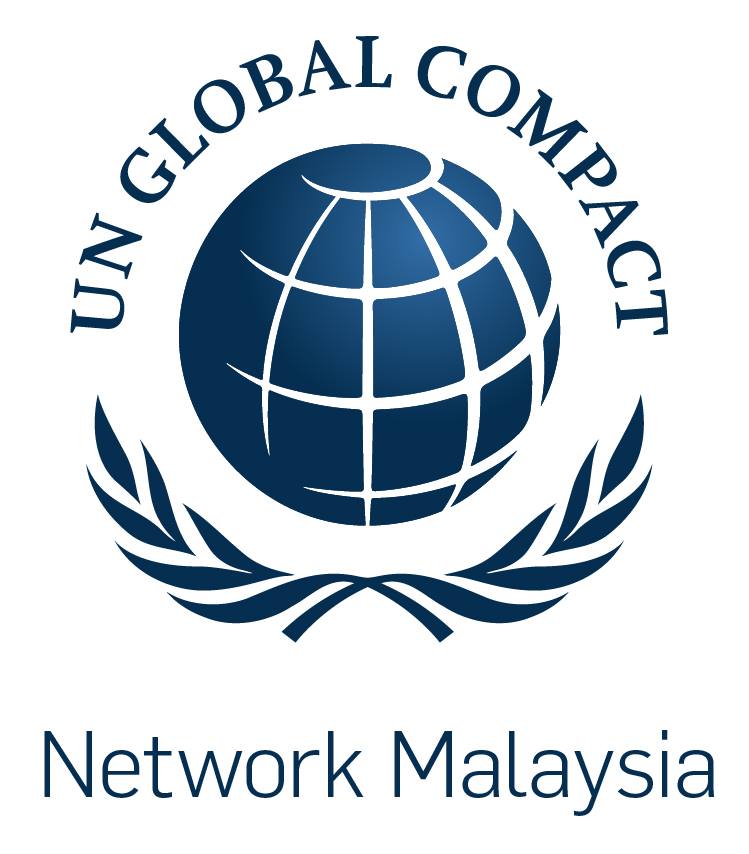Role of Business in Realizing SDG 4
Role of Business in Realizing SDG 4

(Article from UNGC)
The landscape of education in Malaysia is, in of itself, a riddle; How do we provide education for millions of Malaysian children while at the same time providing an equitable level of education? The context matters here. While urban dwellers, from top-segment B40 families and above, can cope with rapid introduction of technologies in education, enjoy the benefits of advanced infrastructures and in general an education-leaning environment, the same cannot be said of their peers in rural areas.
A multitude of issues plague education attainment when it comes to the underprivileged. Lack of internet access, rundown buildings and lab equipment, budget cuts and all else do not contribute into turning these schools into safe, learning havens. The environments surrounding students from these schools too are marred with societal barriers; Low household income leading to them having to provide for their family through menial jobs, illiteracy making the concept of attaining education a far-fetched dream, societal expectations (or lack thereof) transmogrifying Ivy League/Russel Group universities into nothing but castles in fairy tales.
This is where businesses and social organizations can come in. Sustainable Development Goal 4: Quality Education sets out a framework in which parties can use as reference to provide education with the best education possible. In business sense, there is a return of investment as well. By investing in education, firms supercharge their potential talent pool, avoiding issues of sidelining market opportunities due to talent constraints (In a Global Corporate Sustainability Report produced by UNGC, 50% of ASEAN CEOs report such issue).
Global Compact Network Malaysia, therefore, reiterates the following framework for businesses to engage in education:
1. Fostering Innovation in Education
The advent of education technology means a plethora of opportunities for firms to participate in facilitating school education. Impactful measures such as Axiata Group’s coding camps in underprivileged schools have not only granted students access to digital education, but Axiata is also seeing returns in the talent uptake.
2. Addressing Operational Risks
GCMY recommends businesses to identify risks within its operations and supply chains to mitigate issues that obstructs a child’s rights to education. Internal assessments should also be carried out to maximize value invested into education porogrammes.
3. Improving Brand Leadership and Enhance Corporate Reputation
Strategic donations and best practices communications can strengthen a firm’s brand image in facilitating quality education as well as increasing the firm’s presence in the sustainability space.
4. Boost Employee Morale and Retention
Employee benefits such as early education support and providing donations as a gift matching options can uplift employees’ productivity. These benefits also extend to easing talent acquisition and retention for the long term.
5. Develop Capacity for Future Employees
In developing capacity, focus should be on primary and secondary education. By being the frontrunner in identifying future required skillsets and providing programmes to facilitate such, firms can be sure of appropriate acquisition and workplace infrastructure best equipped for ever-changing market landscape and demands.



